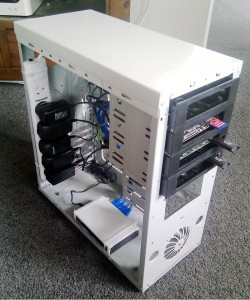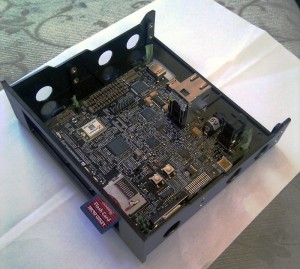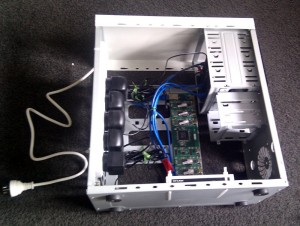So that I can find it next time I need it, here’s what you need to do to checkout and build the Ubuntu kernel for a PandaBoard:
First up, clone it using git:
- git clone git://kernel.ubuntu.com/ubuntu/ubuntu-natty.git
You can see the current list of kernels on the getweb page.
Branch the remote ti-omap4 branch and check it out locally:
- git branch --track ti-omap4 remotes/origin/ti-omap4
- git checkout ti-omap4
Set up your environment:
- export ARCH=arm
- export CROSS_COMPILE=arm-linux-gnueabi-
Grab the default configuration:
- cp debian.ti-omap4/config/config.common.ubuntu .config
Configure it for your needs:
- make oldconfig
- make menuconfig
And build away!
- make uImage -j3
Thanks rsalveti on #ubuntu-arm!



